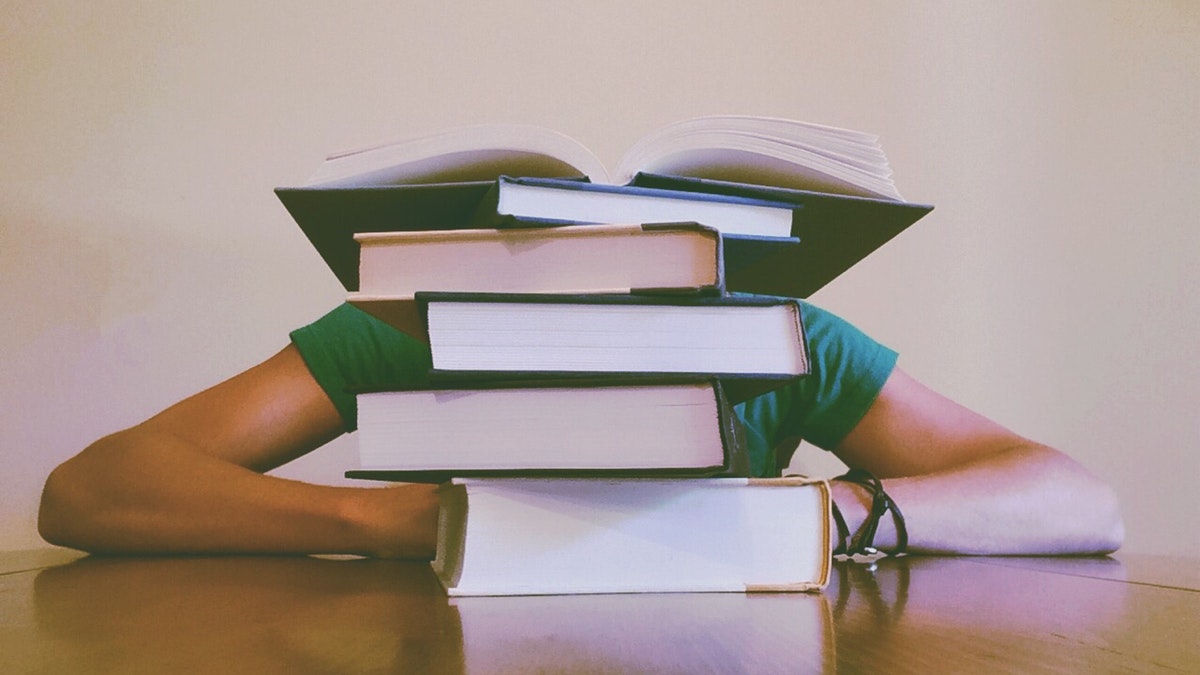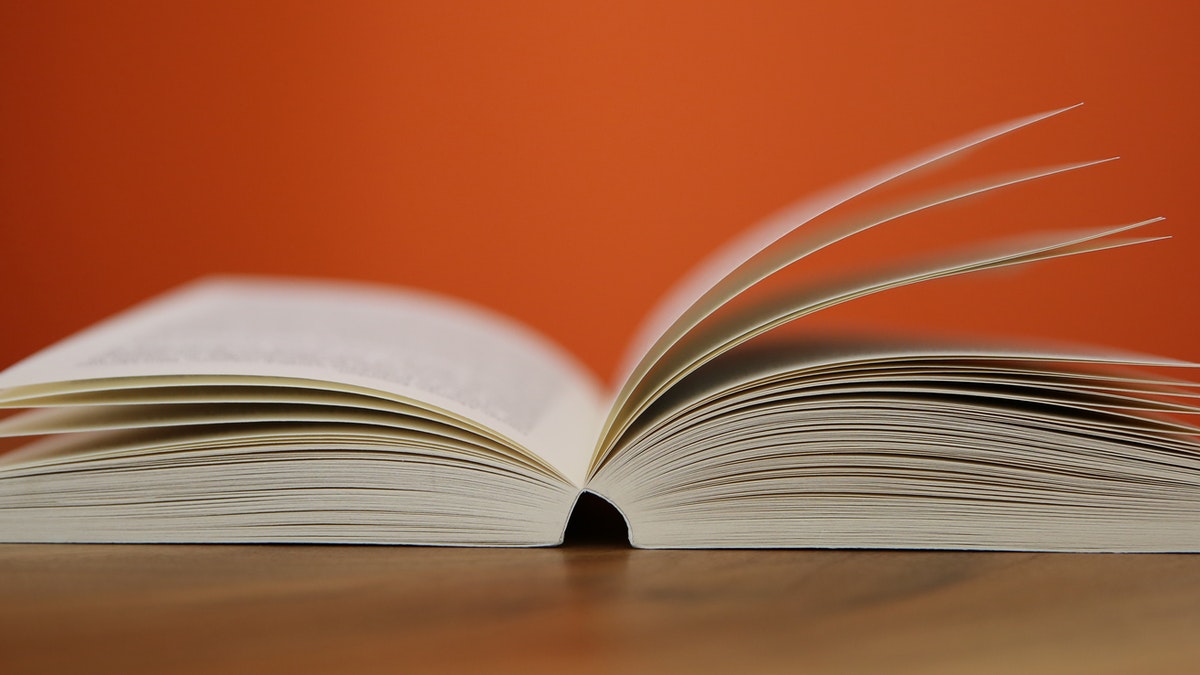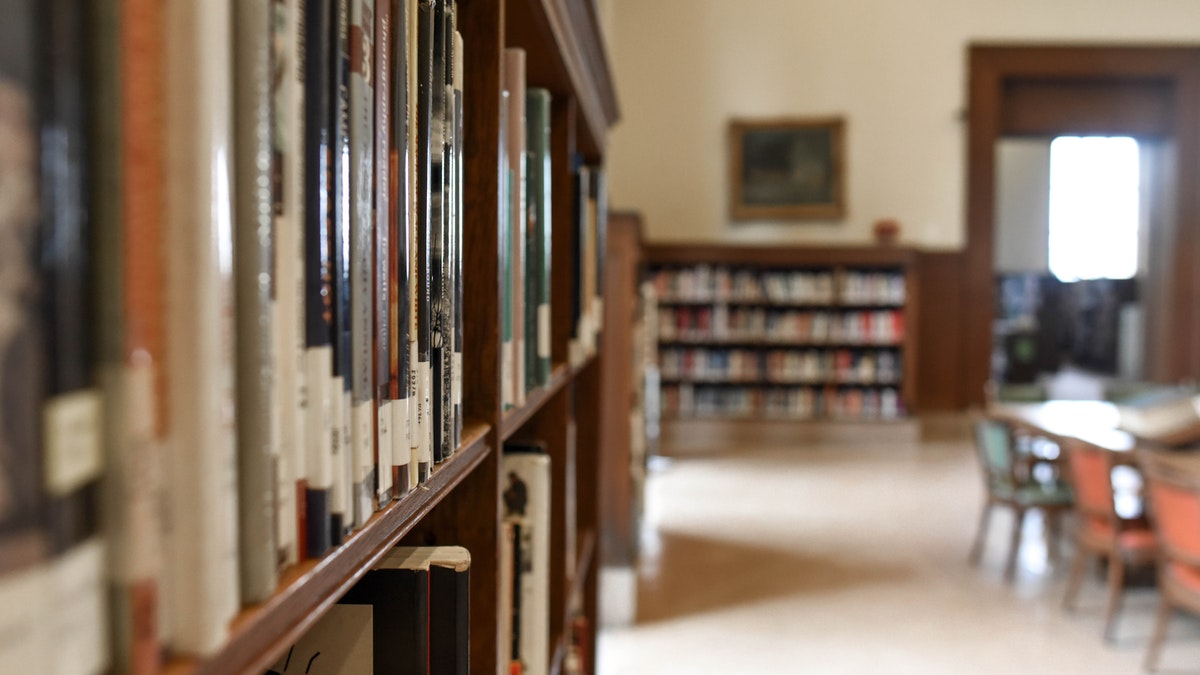The people of a country are its real wealth. It is they, who are the actual resources and make use of the country’s other resources and decide its policies. Ultimately a country is known by its people.
Articles
Constitution is a legal document which determines the structure of the government and direction to which society is to move on. A democratic constitution represents consensus among the people on certain rules, principles, procedures and ideals and guides the social and political institutions.
In a Democratic Country like India certain basic and fundamental rights have been granted to every citizen, but in many parts of the world people are still struggling for these rights. This lesson aims at studying Fundamental Rights and Duties enshrined in the Constitution of India.
India is described as a Welfare State. It is a concept of government in which the State plays a key role in the protection and promotion of economic and social well-being of its citizens. A Welfare State is based on the principles of equality of opportunity and equitable distribution of wealth.
Local Government is a government of the local people. Being located nearest to the local people, local government institutions are under constant observation of the society. It is said that Local Government provides services to the individual from "cradle to the grave."
India is a Federation having governments at two levels i.e. State level and Union or Central level. The three branches of government - executive, legislature and judiciary exist and function at both the levels.
Geometry is a branch of mathematics concerned with questions of shape, size, relative position of figures, and the properties of space.
Triangle is the simplest polygon of all the closed figures formed in a plane by three line segments. It is a closed figure formed by three line segments having six elements - three angles (i) ∠ABC or ∠B (ii) ∠ACB or ∠C (iii) ∠CAB or ∠A and three sides - (iv) AB (v) BC (vi) CA.
Two lines in a plane can either be parallel or intersecting. Three lines in a plane may (i) be parallel to each other (ii) intersect each other in exactly one point (iii) intersect each other in two points (iv) intersect each other at most in three points.
If A, B, C and D are four points in a plane such that no three of them are collinear and the line segments AB, BC, CD and DA do not intersect except at their end points, then the closed figure made up of four line segments is called a quadrilateral with vertices A, B, C and D.
A circle is a collection of all points in a plane which are at a constant distance from a fixed point.
The position of a point in a plane is fixed w.r.t. to its distances from two axes of reference, which are drawn by the two graduated number lines XOX' and YOY', at right angles to each other at O.
Mensuration is the part of geometry concerned with ascertaining lengths, areas, and volumes.
Solid figures are three-dimensional figures that include cube, cuboid, cylinder, cone, sphere and hemisphere.
Trigonometry is that branch of Mathematics which deals with the measurement of the sides and the angles of a triangle and the problems related to angles.
Statistics is a branch of Mathematics which deals with collection, presentation, analysis, interpretation of numerical data and drawing inferences and conclusions there from.
Some aspects of the data can be described quantitatively to represent certain features of the data. An average is one of such representative measures.
In day to day life, we sometimes make the statements like "It may rain today" or "Train is likely to be late". The words (may, likely, unlikely, chances, doubt) show that the event, we are talking about, is not certain to occur. It may or may not occur.
The earth is sphere in shape and its visible features can be experienced on the surface. But, huge size of earth, increasing temperature and pressure limited the direct observations. The earth has three concentric layers NIFE, SIMA and SIAL.
A landform is a feature on the Earth's surface that is part of the terrain. Mountains, hills, plateaus, and plains are the major types of landforms.
All living organisms on the earth depend on water. About 71% of the earth's surface is covered by water. The earth is the only known planet in the solar system with abundant water.
Earth is a unique planet because the life is found only on this planet because of availability of water and air. The air is a mixture of several gases. The air encompasses the earth from all sides called the atmosphere.
Air has weights and it exerts pressure which varies from place to place. These variations are specified ion pressure belts. The pressure at different location of the world also varies in different seasons. This variation causes the movement of air called winds.
The temperature, atmospheric pressure, winds and precipitation are main elements of weather have an important effect on our lives. For example the houses we construct, the clothes we wear and the food we prefer mainly depend on weather and climatic conditions.
Economics as a subject matter of social science has been treated as a science of (a) Wealth, (b) Welfare, (c) Scarcity and Choice (d) Growth and Development and (e) Sustainable Development.
Economy is a system of socially and legally acceptable ways by which people get a living. An economy is also looked at as a system of cooperation for the satisfaction of human wants.
The issue of choice arises, because a) the resources are scarce and b) the resources can be put to many alternative uses.
Production process is the process of combining inputs, utilising their services and making production of goods and services. The entrepreneur organizes the production activities for which he earns profit or bears loss.
Demand for a commodity refers to the quantity of the commodity that a buyer is willing to buy at given price at given time. Individual demand is the quantity of a commodity that an individual buyer is willing to buy at the given price at given time.
Before money was invented people used to exchange goods for goods which was called barter system. There were many problems of barter system such as absence of a common measure of value, lack of double coincidence of wants, lack of space to store goods to exchange them for other goods etc. This prompted human society to discover money.
The story of Indian economy has two distinct phases. One, the economy during British period and two, the economy after independence.
This story is set in the future when children don’t have traditional books and schools. It is set about 150 years ahead. One day, Margie, a little girl in the story, makes a diary entry - ‘Today Tommy found a real book’.
Food is essential for our survival and growth: The chapter highlights the significance of food as a fundamental requirement for our survival and overall growth. It provides the energy and nutrients required by our bodies.
Food contains different components or nutrients: This point introduces the idea that food is composed of various components or nutrients that are essential for the body's growth, energy, and functioning.
Fibres are obtained from various sources in nature. Natural fibres come from plants and animals. Natural fibres can be obtained from plants (plant-based fibres) such as cotton and jute, as well as from animals (animal-based fibres) such as wool and silk.
Materials around us can be classified into different groups based on their properties and characteristics.
‘The Accidental Tourist’ is a humorous story. The narrator, Bill Bryson, narrates his experiences as an air traveller. There were many things that he could not do properly.
1. Who was Ausable?
Ausable was a secret agent. A very important document concerning some new missiles was under his safe custody. He didn’t look like a secret agent as we read in books or see in films. He was fat and sloppy. His office was in a small room on the sixth and top floor. Fowler was very disappointed to meet him.
1. Why was Dr. Herriot really worried about Tricki?
When Dr. Herriot saw Tricki with his mistress, he was really worried. He was shocked at his appearance. The dog had become hugely fat. His eyes were bloodshot and rheumy. His tongue lolled from his jaws. Naturally, the miserable condition of the dog made him really worried.
"The Proposal" is a one-act play by Anton Chekhov that explores the themes of pride, societal expectations, and the absurdity of human behavior. The play centers around a marriage proposal and the comedic misunderstandings that arise during the interaction between the characters.
This chapter introduces to the concept of separating different substances based on their properties. Substances are often mixed together in various combinations, and it is necessary to separate them for various purposes such as obtaining pure substances or removing impurities.
This chapter focuses on introducing the world of plants and various aspects of plant life. Plants provide us with food, oxygen, shelter, and various other resources.
his chapter focuses on the study of human body movements and the various types of movements performed by different body parts, covering the skeletal system, joints, muscles, and different types of movements.
This chapter explores the relationship between living organisms and their environment, emphasizing how organisms adapt to their surroundings.
This chapter focuses on the fundamental concepts of motion and the various methods of measuring distances. Motion refers to the change in position of an object with respect to its surroundings.
This chapter explores the properties of light, the formation of shadows, and the phenomenon of reflection. Light is a form of energy that enables us to see objects.
This chapter introduces the basic concepts of electricity, electric circuits, and the working of electrical appliances. Electricity is a form of energy that powers various devices and appliances we use.
1. Why do you think ordinary men and woman did not generally keep records of the what they did?
The ordinary men and woman generally did not keep records of what they did as they regarded it as a part of their daily routine and not anything important.
1. What was Citadel?
Citadel is the west part of Harappan city. It is smaller but higher.






















